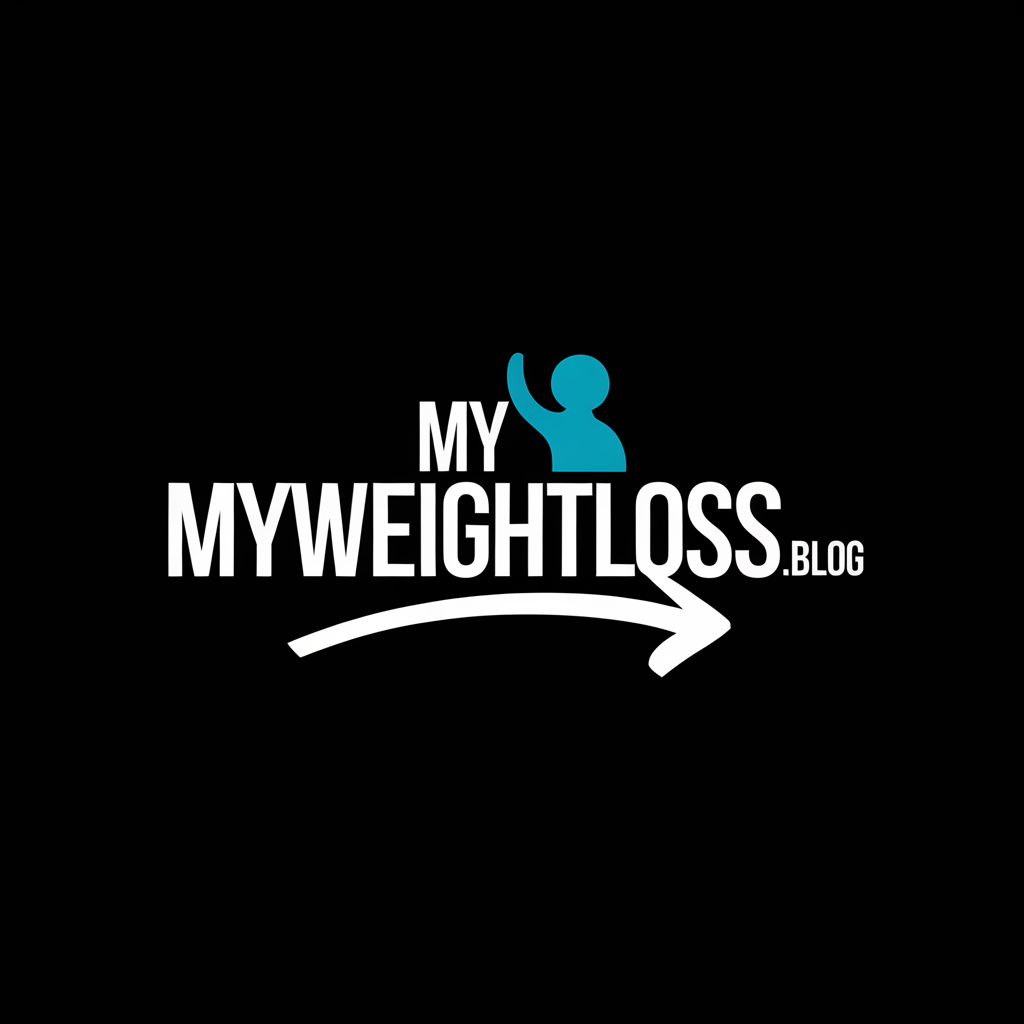Weight Loss Experts Reveal- The ONE Rule You Should Never Break!
You’ve probably heard countless weight loss tips, from fad diets to miracle supplements, but there’s one non-negotiable rule that experts swear by: maintaining a caloric deficit. While you can flex your meal timing or switch up your exercise routine, you’ll never outsmart this fundamental principle of weight loss. Before you dismiss this as just another guideline, consider why nutritionists and weight loss specialists unanimously agree this rule trumps all others.
The Science Behind Caloric Deficit: Your Weight Loss Foundation
When it comes to weight loss, understanding caloric deficit is crucial to achieving your goals. This foundational principle is the one weight loss rule you should never break: you must consume fewer calories than your body burns to shed pounds.
Think of your body as a bank account where calories are currency. When you deposit more calories than you withdraw through daily activities and exercise, you gain weight. The opposite creates weight loss – spending more than you’re taking in.
You’re not alone in this journey. Many successful weight loss stories start with mastering this simple yet powerful concept. By maintaining a consistent caloric deficit of 500-750 calories per day, you’ll create the perfect environment for sustainable fat loss. Additionally, incorporating macronutrient balance into your meals will further support your weight loss efforts.
It’s not about extreme restrictions or fad diets – it’s about understanding and applying this fundamental principle to reach your weight loss goals.
Why Other Weight Loss Rules Can Be Flexible (But Not This One)
Although many weight loss strategies come with flexible rules, the law of caloric deficit remains unshakeable. You can adjust meal timing, food choices, and exercise routines to fit your lifestyle, but you’ll never escape the fundamental need to consume fewer calories than you burn.
| Rule Type | Can Be Modified | Why |
|---|---|---|
| Meal Timing | Yes | Your schedule dictates when you eat best |
| Food Choices | Yes | Cultural preferences and availability matter |
| Exercise Type | Yes | Your body’s capabilities determine what works |
| Caloric Deficit | No | Scientific law that can’t be bypassed |
Think of it like gravity – you can’t negotiate with it. While you’re free to customize your weight loss journey in countless ways, maintaining a caloric deficit isn’t optional. That’s why tracking your food intake and understanding portion sizes become your most reliable tools for success, regardless of which diet trend you follow. Additionally, smart food choices help ensure that the calories you consume support your overall health and nutritional needs.
Expert Nutritionists Share Real-World Success Stories
Leading nutritionists across the country have witnessed countless success stories that validate the caloric deficit principle.
You’ll find inspiration in these real-world transformations from people just like you who’ve succeeded by following this fundamental rule.
-
Sarah, a busy mom of three, lost 45 pounds in 8 months by tracking her calories and maintaining a consistent 500-calorie daily deficit.
-
James, a truck driver, shed 60 pounds in a year while eating his favorite foods – just in smaller portions that kept him under his caloric needs.
-
Maria transformed her body by dropping 30 pounds in 6 months, focusing solely on portion control without eliminating any food groups.
-
David, a retired teacher, lost 50 pounds by simply reducing his daily intake by 600 calories.
-
Jennifer maintained her 40-pound weight loss for three years by staying mindful of her caloric balance.
These success stories prove that when you stick to the caloric deficit rule, sustainable weight loss follows naturally. Additionally, establishing a sustainable energy deficit through small dietary and activity changes enhances long-term success.
Common Mistakes That Break the Caloric Deficit Rule
Many dieters understand the caloric deficit rule but still struggle to achieve their weight loss goals. You might be making common mistakes that sabotage your progress without realizing it.
One frequent error is underestimating portion sizes and snacks. Those handful of nuts or that splash of cream in your coffee add up quickly.
You’re also likely logging exercise calories incorrectly, often overestimating how much you’ve burned during workouts.
Another pitfall is the weekend effect – staying strict Monday through Friday but letting loose on weekends. Two days of unrestricted eating can easily wipe out your weekly deficit.
You might also fall into the trap of drinking your calories through smoothies, alcohol, or sugary beverages. Fruit juices can also contribute significantly to your caloric intake without providing the same satiety as whole fruits.
Don’t forget about hidden calories in cooking oils, sauces, and dressings. Even healthy foods like olive oil and nuts pack significant calories that can push you over your daily limit.
Tools and Strategies to Track Your Daily Caloric Balance
Several reliable tools and strategies can help you accurately monitor your daily caloric balance.
Like many successful weight-loss achievers, you’ll find these methods essential for staying on track and reaching your goals.
-
Download a calorie-tracking app like MyFitnessPal or LoseIt, which offer extensive food databases and barcode scanning features for quick logging.
-
Keep a physical food journal where you’ll write down everything you eat, including portion sizes and estimated calories – this creates mindfulness around eating habits.
-
Invest in a food scale to measure portions accurately, ensuring you’re not unknowingly consuming extra calories.
-
Take progress photos and measurements weekly, as the scale doesn’t always reflect changes in body composition.
-
Use a smart fitness watch to track your daily activity levels and calories burned, helping you understand your true energy expenditure.
Incorporating portion control strategies into your tracking routine can further enhance your awareness of caloric intake.
These proven tracking methods will help you maintain your caloric deficit and join the ranks of successful weight-loss maintainers.
Building Sustainable Habits Around Your Caloric Deficit
While tracking tools provide the framework for weight loss success, creating lasting habits ensures you’ll maintain your caloric deficit long-term. You’ll need to establish routines that fit naturally into your lifestyle and support your weight loss journey.
| Habit | Implementation Strategy |
|---|---|
| Meal Prep | Schedule Sunday cooking sessions to prepare healthy portions |
| Mindful Eating | Put away devices and eat slowly for 20 minutes |
| Smart Snacking | Keep pre-portioned healthy snacks readily available |
Start by focusing on one habit at a time, giving yourself about three weeks to make it stick before adding another. You’ll find it easier to maintain your caloric deficit when you’ve got automatic behaviors working in your favor. Remember that small, consistent changes lead to significant results. When you’re feeling uncertain, lean on your weight loss community for support and accountability – they’re going through similar challenges and can share valuable insights.

